As announced, our ambassador Stefan Peter completed his 24-hour charity run on May 27, 2022. He ran around Lake Greifensee ten times, covering a distance of around 180 km – and all for a good cause. Stefan turned his ultra-run into a fundraiser for Ukrainian war refugees.
After the incredible performance, I asked Stefan a few questions to find out how he prepared for the challenge and how he felt while running.
Stefan, you started the 24-hour charity run at 3:00 p.m. this afternoon. Why?
I deliberately chose this so that I could distract myself with work that day and the preparation with food and drinks fit well into the preparation concept.
How did you come up with the idea of completing a 24-hour run?
(Laughs) Good question! I like challenges. When I have thoughts like "it could be possible," I confront them and try to achieve the goal. When I was preparing for the 100km Biel Run, I ran around Lake Greifensee three times and was already thinking about a 24-hour run. Lake Greifensee was ideal for such a project because the infrastructure, with restrooms, fountains, and parking spaces for breaks, was very easy to organize.
What type of running shoes did you choose for the 24-hour run?
I always wore the same shoe for the run. I used a so-called "stabil" shoe with plenty of pronation support and pleasantly soft cushioning.
What kind of clothing did you choose to avoid chafing?
Surprisingly, I didn't have any chafing. I also applied plenty of Vaseline and was able to wear the same Salomon running tights every time. I changed my T-shirt and socks a few times. I was also incredibly happy that it wasn't raining. That would have been even more mentally challenging. The temperatures and the light cloud cover were also ideal.
Did you monitor your performance while running using a measuring device such as a heart rate monitor?
I deliberately didn't do that. The mileage and pace displays on my watch were turned off. I didn't want to be unnecessarily distracted by numbers. The companions were very helpful in finding the right pace. By chatting while running, I was automatically in the "right" heart rate zone. In the long training sessions before, I had coordinated my pace and heart rate.
In the end, I was very happy that I also broke the 100-mile mark (160.93 km).
How did you determine the pace to be able to run for 24 hours straight?
Generally, the pacing worked. I took a few walking breaks on the last three laps. I trained for the run for six months beforehand, about 11 hours a week. I mainly focused on basic endurance—long, slow sessions accounted for 80% of the total training time. I also invested heavily in core stability. This paid off enormously. I had no back pain during or after the run.
How did you motivate yourself to keep running for such a long time?
The guides were very motivating. Always looking forward to the next lap and seeing other people was varied and refreshing. Combined with the refreshments (it felt like I was only eating and drinking), I was happy to be able to run two laps on my own. I found the perfect balance of distraction and getting things done to tackle each subsequent lap – and all without music.
What was the hardest time and how did you get through it?
The hardest part came after about 14 hours. My water-salt balance was disrupted, and with it my reliable thirst and hunger. This also marked the transition to a larger portion of "normal" food. First, I gave my stomach some "ground" with pancake soup, boiled potatoes, and toast. By this point, I was already more than halfway through and was, so to speak, on my way back.
By the end, I was experiencing knee pain, which I couldn't completely get rid of despite changing my running style or varying the intensity. This required a lot of mental energy. That's why I took longer walking breaks of about 10 minutes on the last three laps.
How did you feed yourself?
As mentioned before, I consumed liquid and solid food. I always carried a bottle of carbohydrate drinks with me. At first, there was mint, which I didn't particularly like, and then, halfway through a Greifensee lap, I tried the delicious ice tea flavor. Little tricks like these can be helpful for getting through the laps. After a certain point, I started drinking the delicious Wheycation Berries recovery shake during the lap breaks. Solid food was constantly available in the form of bars, potatoes or toast, as well as bananas or oranges.
Did you just shovel in everything to cover your energy consumption or did you pay close attention to what you were consuming?
I had a set of mandatory provisions. It's simple: if I don't get them, it's over. Then there was a selection of foods that I could choose from depending on how I felt. The mind always likes to have a choice. When it can decide, it feels like it's in charge, and that's a good thing. But the real boss is the stomach! There was also "emergency food" like pancake soup, which helped me get back to my defined diet during the crisis after about 14 hours. It was very impressive when the gels started working again and the blockages in my thighs disappeared as if by the push of a button.
I drank about 450 ml per hour. Towards the end, when it warmed up again, I drank up to 600 ml. I took gel and food every 20 to 30 minutes. That's how the time passed.
Have you had trouble motivating yourself to eat?
When I was dealing with the crisis, I was averse to solid food. Only when everything had somewhat settled down again was I able to consume what I wanted again. I simply took carbohydrate drinks in small, regular sips. It was also clear that I had to keep going. The solution usually lies in time. That's why I didn't worry about pace and mileage. I was on an adventure into the unknown, so I could accept it and try it out.
How much energy did you burn during the 24-hour run?
That was between 13,000 – 14,000 kcal.
Would you complete a 24-hour run again?
I can imagine attempting another 24-hour run, especially since I have learned a lot and am someone who is constantly striving for improvement.
Specifically, I would change the following parameters for the assessment:
- Strengthening the knees to see if the pain occurs later or not.
- I'd eat "solid," "normal" food earlier and increase my protein intake. Maybe then I'd do one more lap, and my goal of 200 km in 24 hours might be achievable. There are always new projects and goals.
How did you recover after the run?
Immediately after the 24-hour run, I continued consuming carbohydrates and protein through drinks for four hours until dinner. I wore compression sleeves to sleep to aid recovery.
A healthy and needs-based diet and moderate exercise support the repair process. Therefore, I went for a light massage the next day and took leisurely walks throughout the day to actively stimulate muscle metabolism. I had only a little muscle soreness. After four days, the tension in my legs had largely disappeared. I felt the pain in my calf muscles the longest. Interestingly, I felt hot and cold repeatedly for almost a week. My thermoregulation probably needed to recalibrate.
After the race, I received messages with tips for recovery and regeneration. I was pleased. This important topic has clearly reached runners.
What happens to the approximately 1,300,000 francs you collected for Ukrainian war refugees?
The donations go directly to Caritas, who will distribute them accordingly.
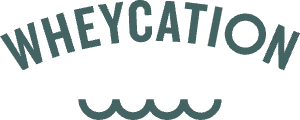

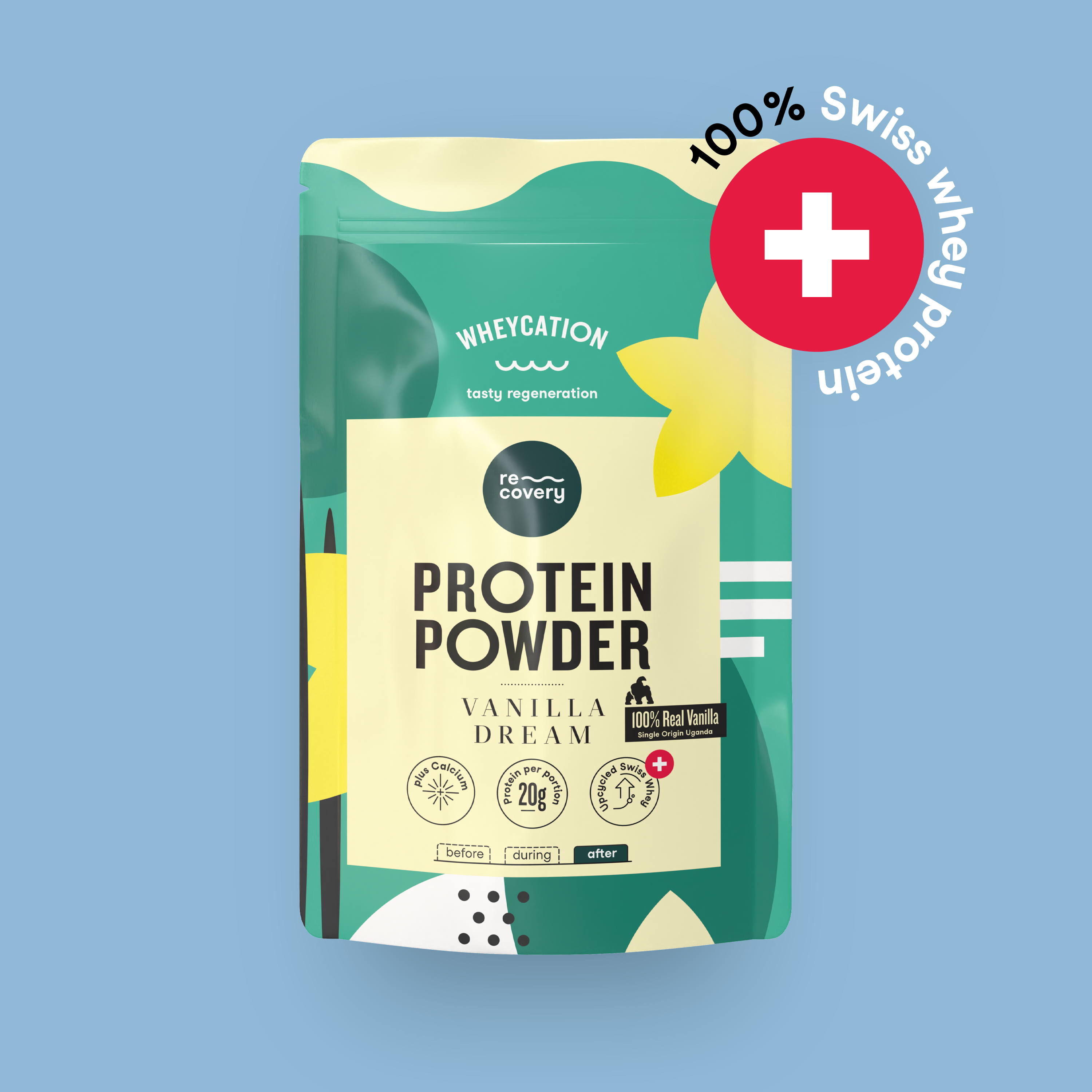

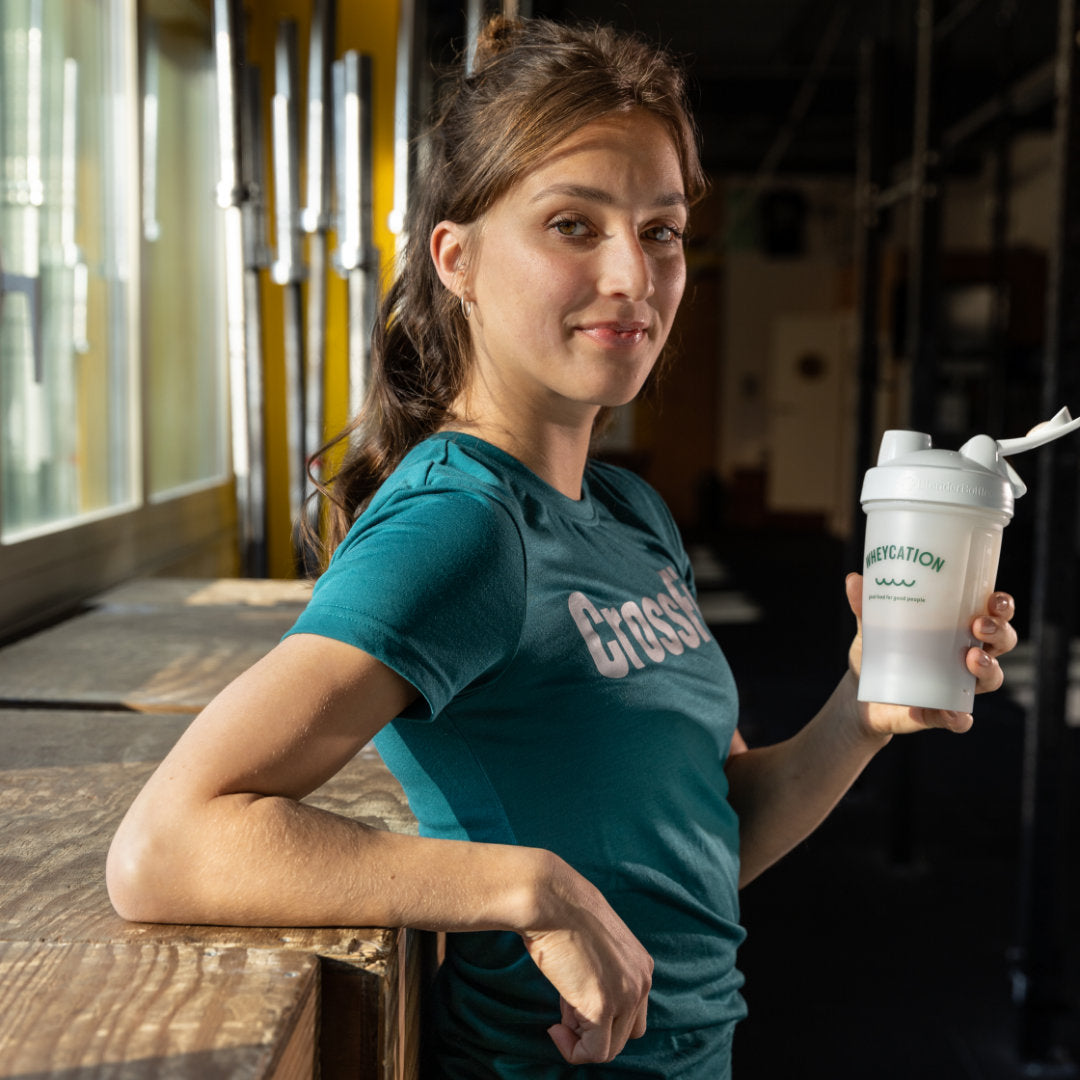
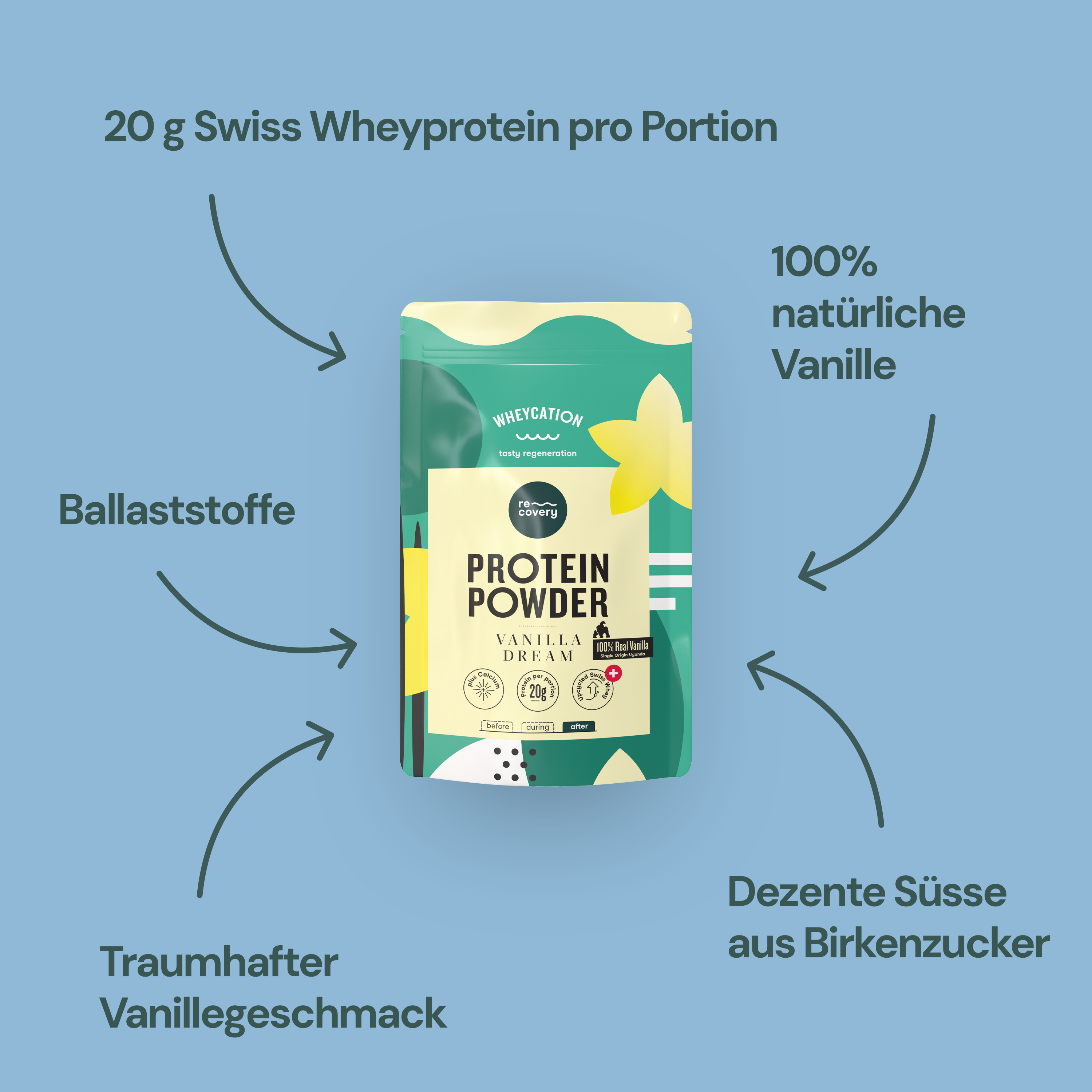
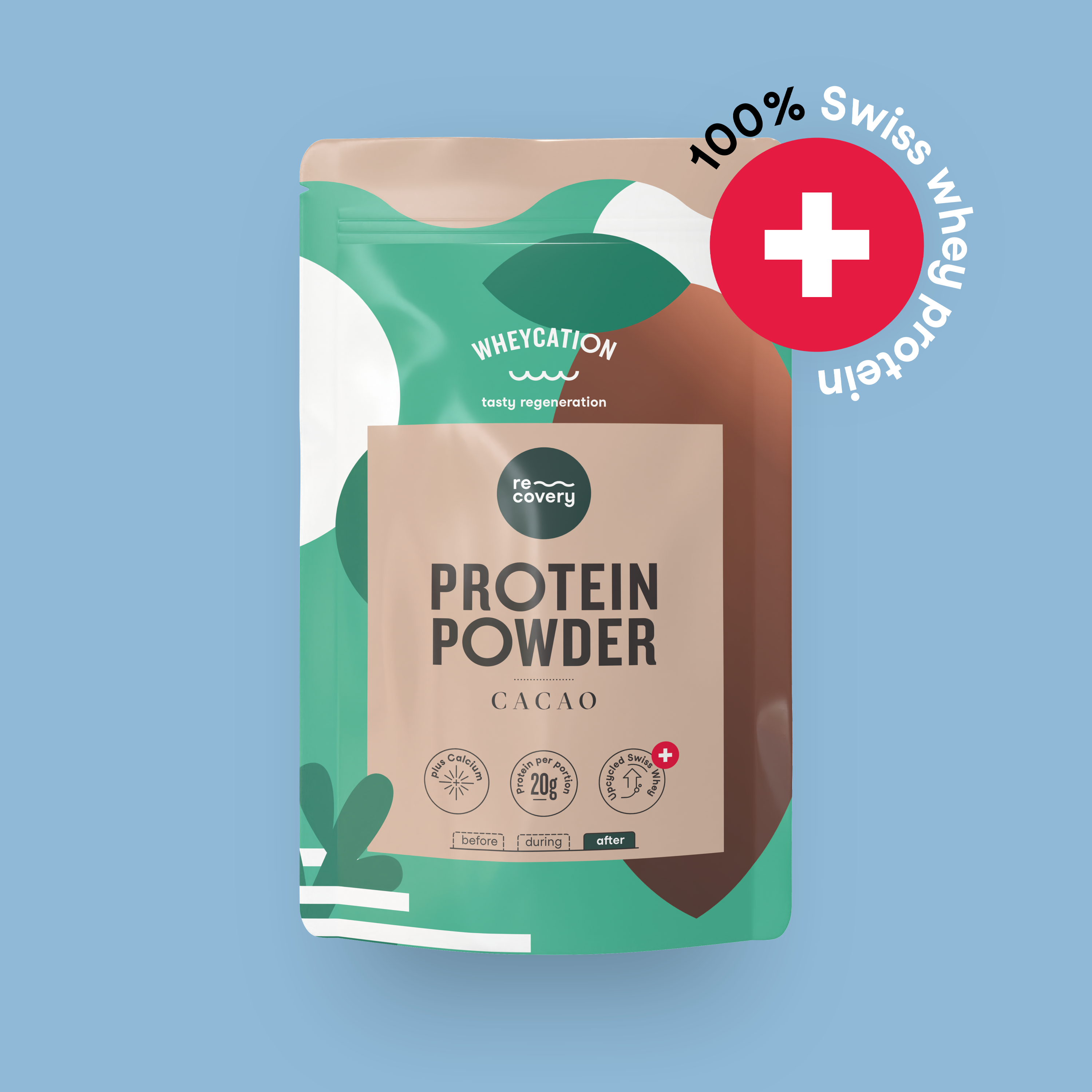

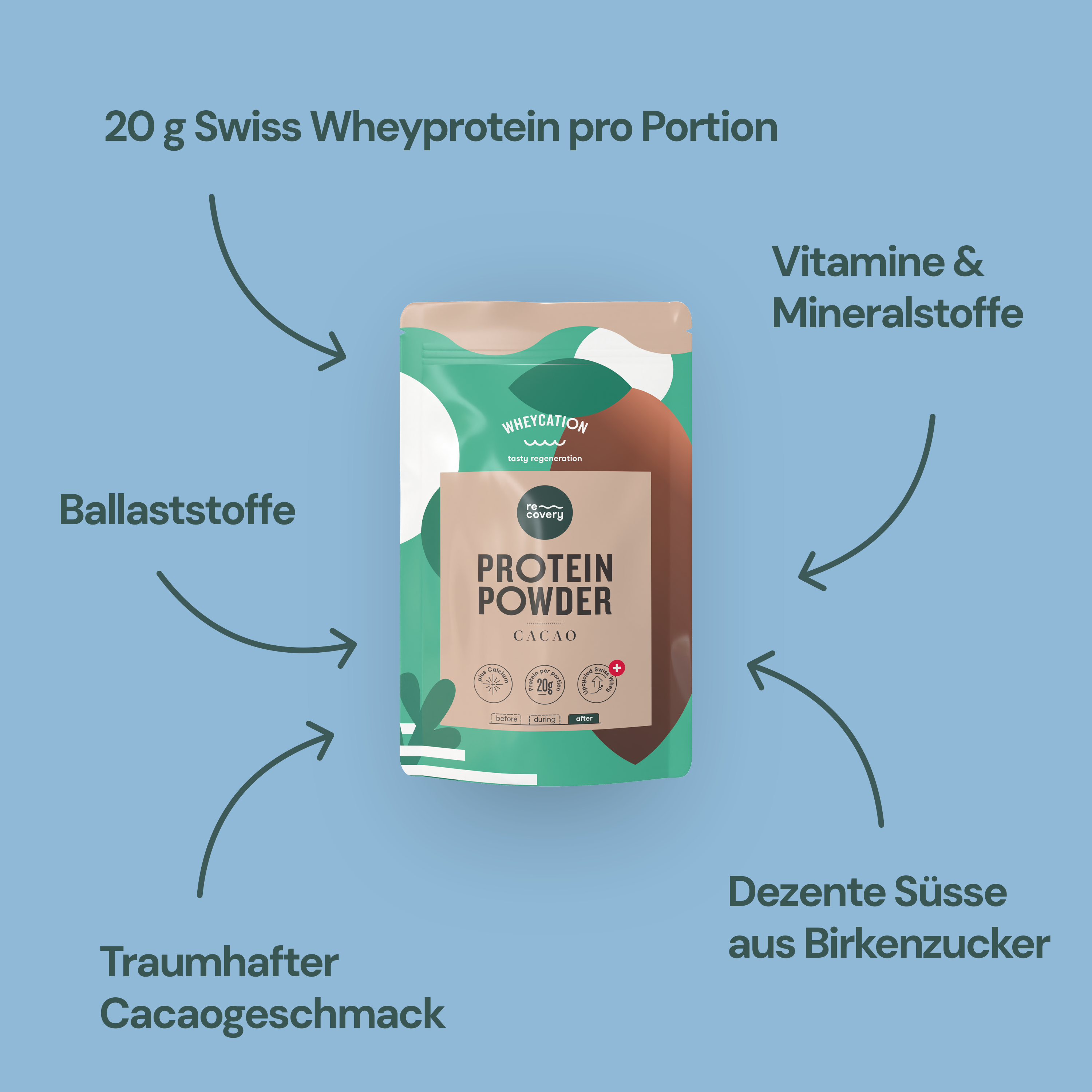
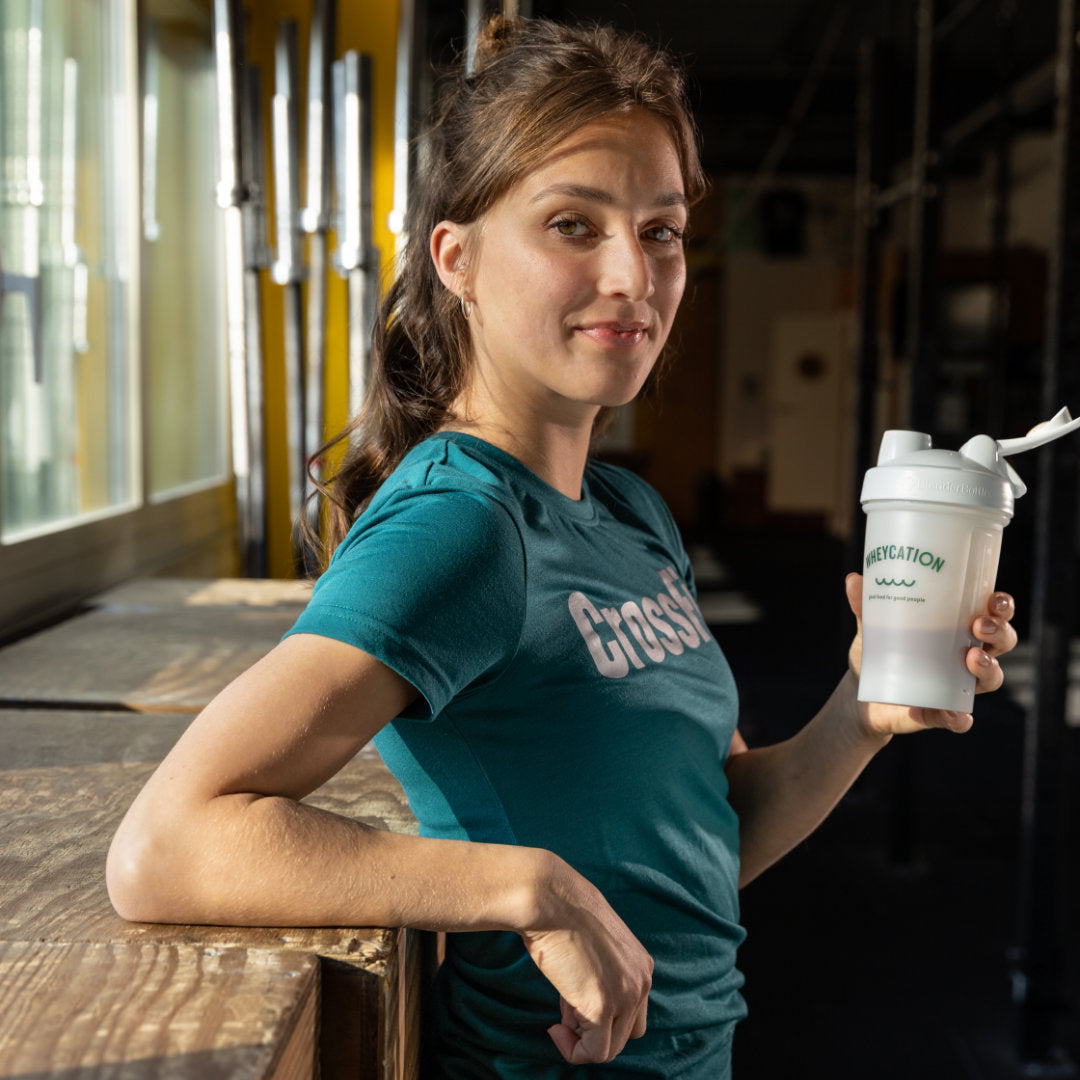
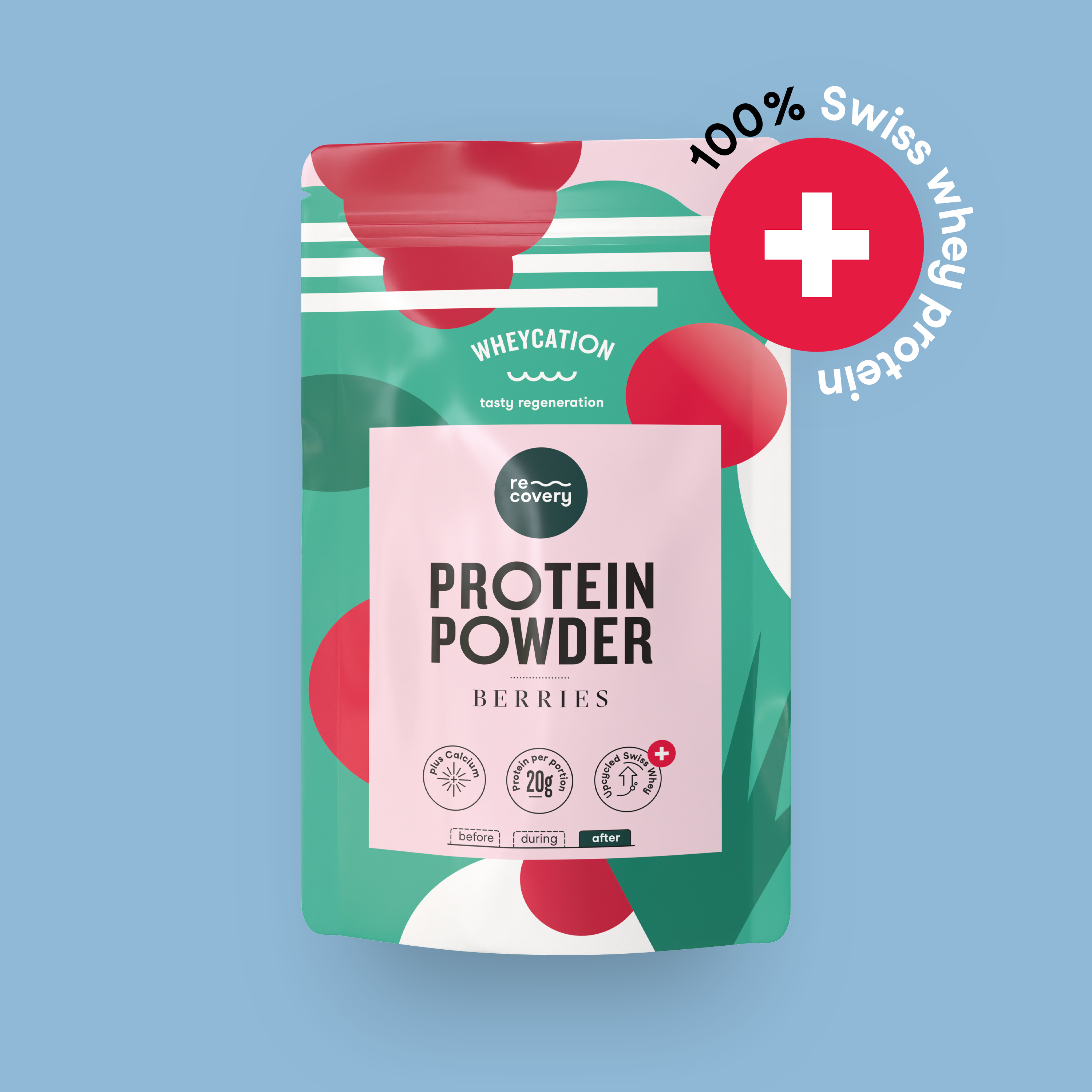
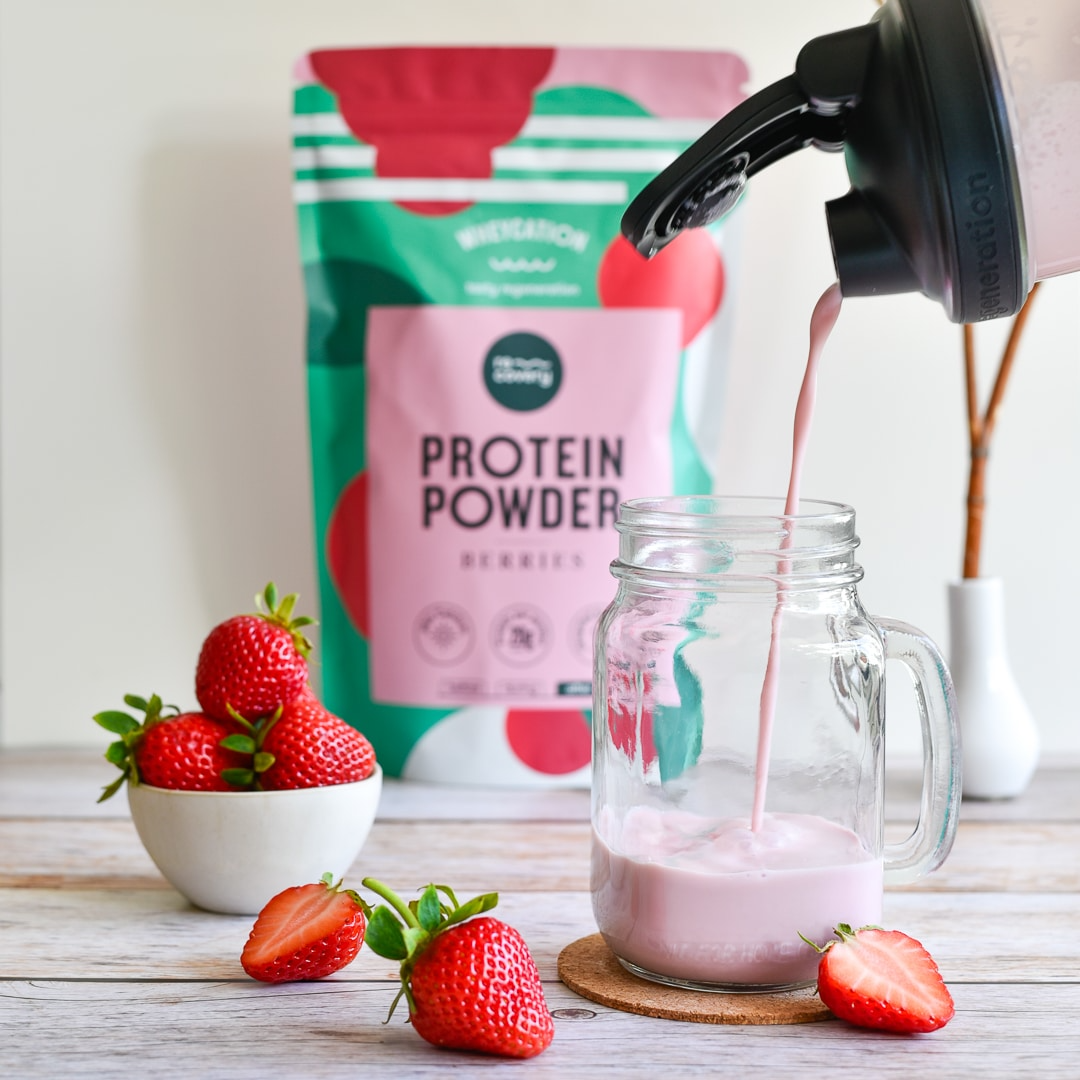

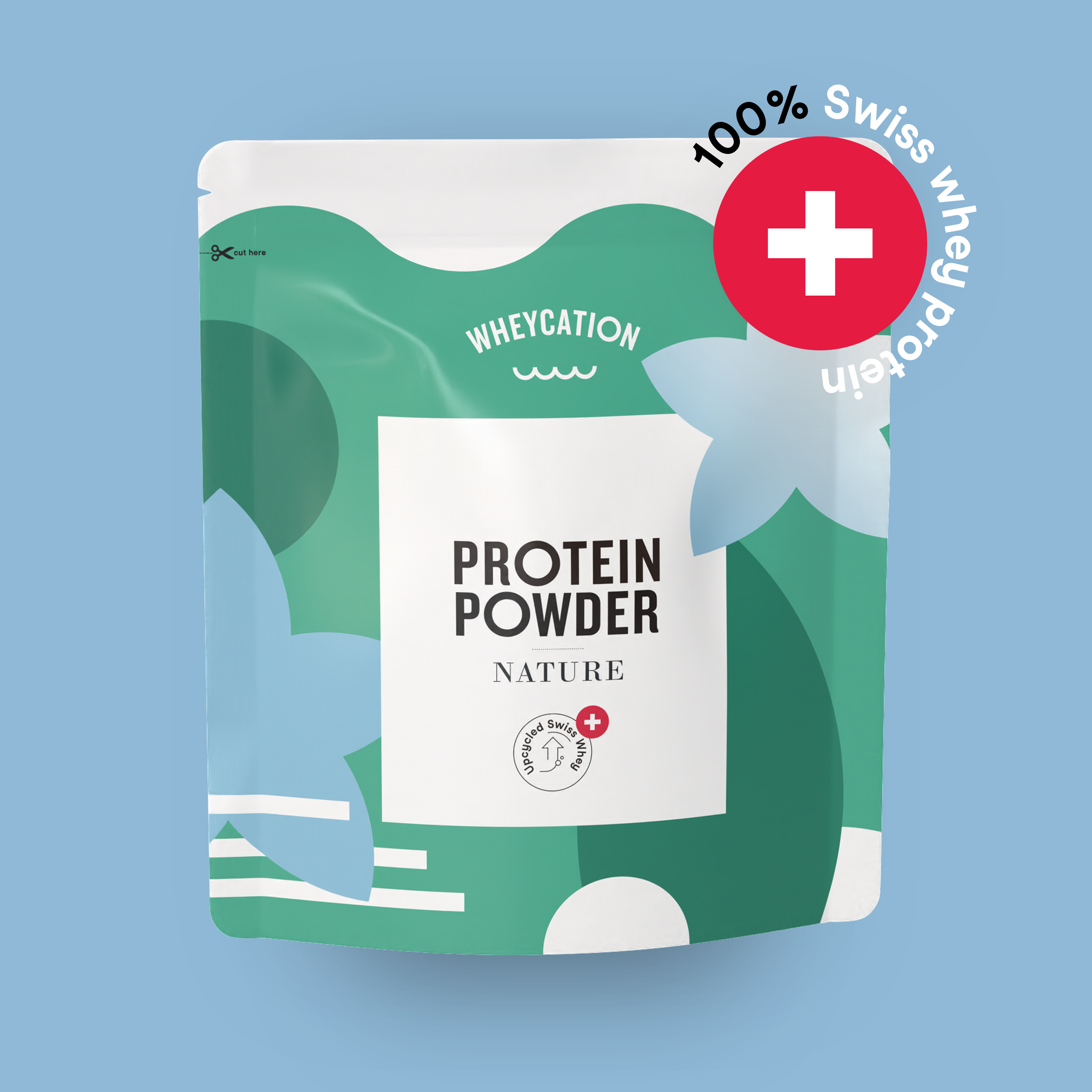
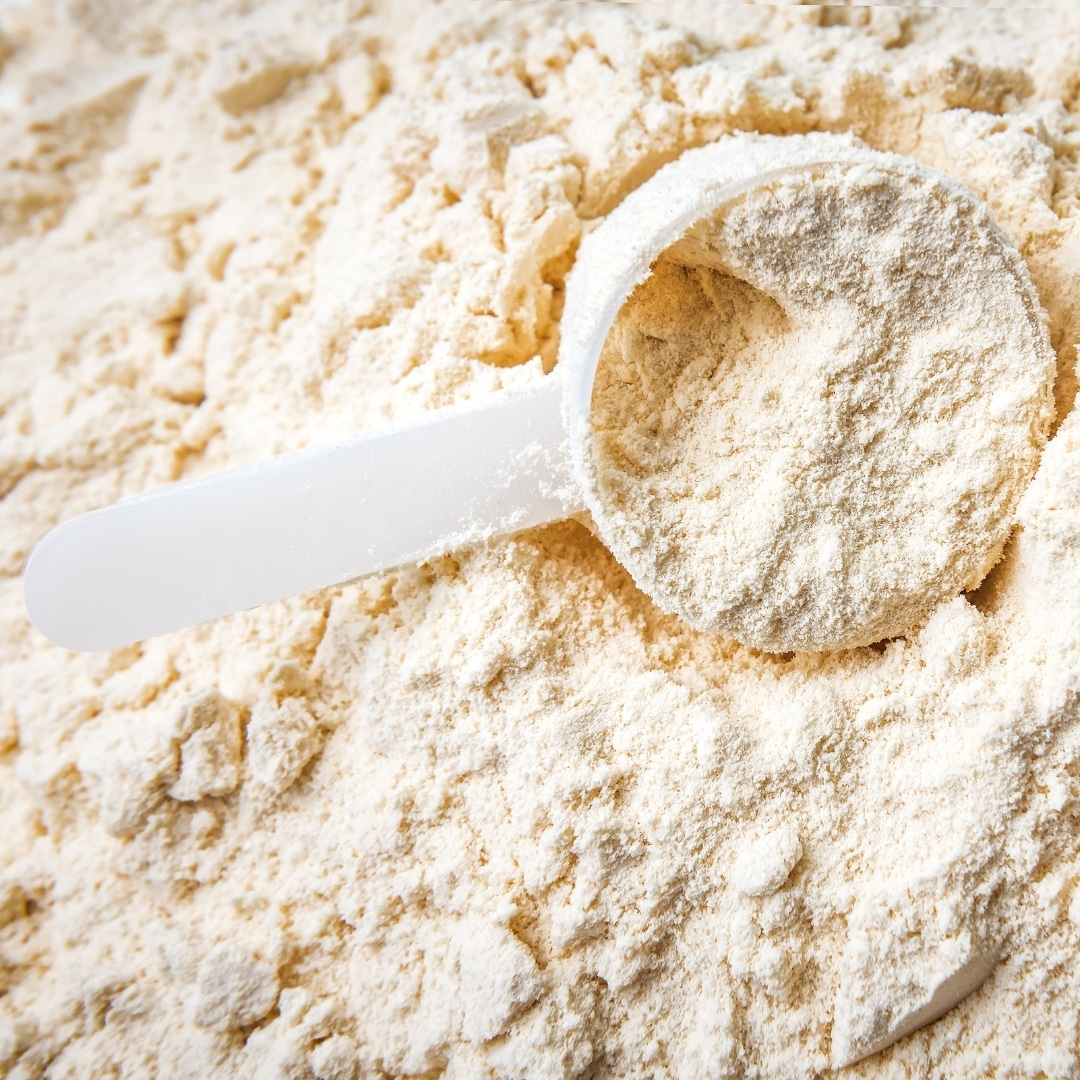
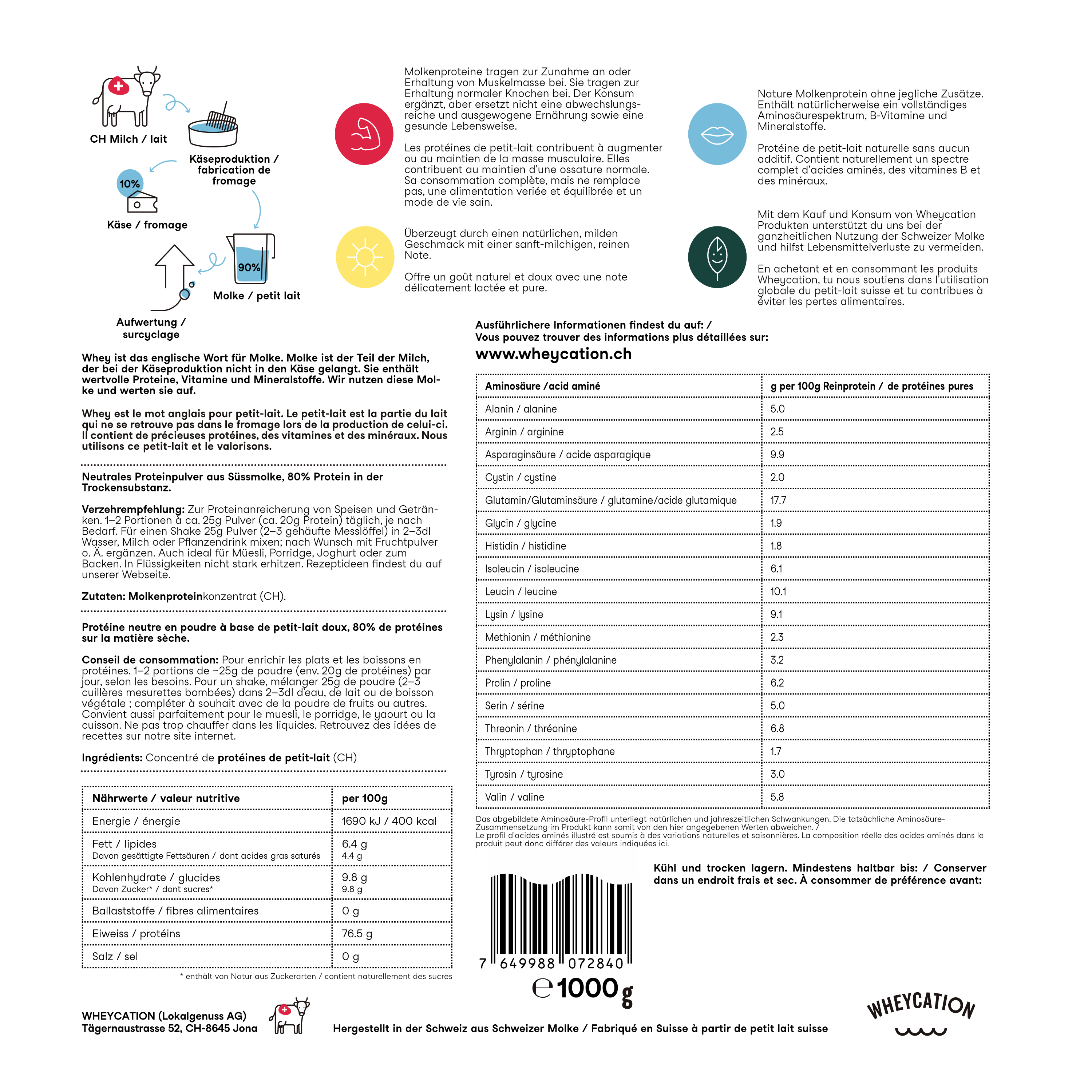
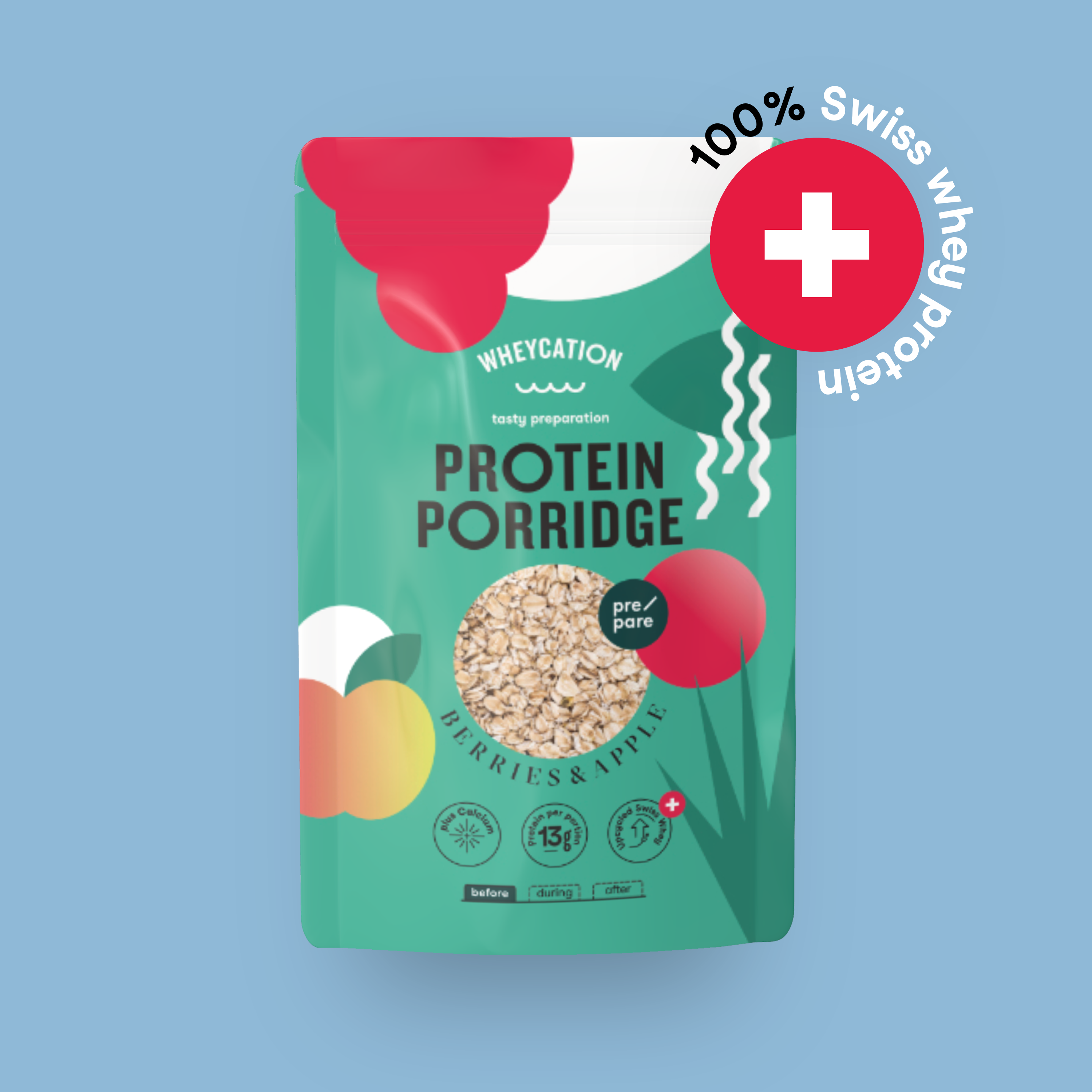
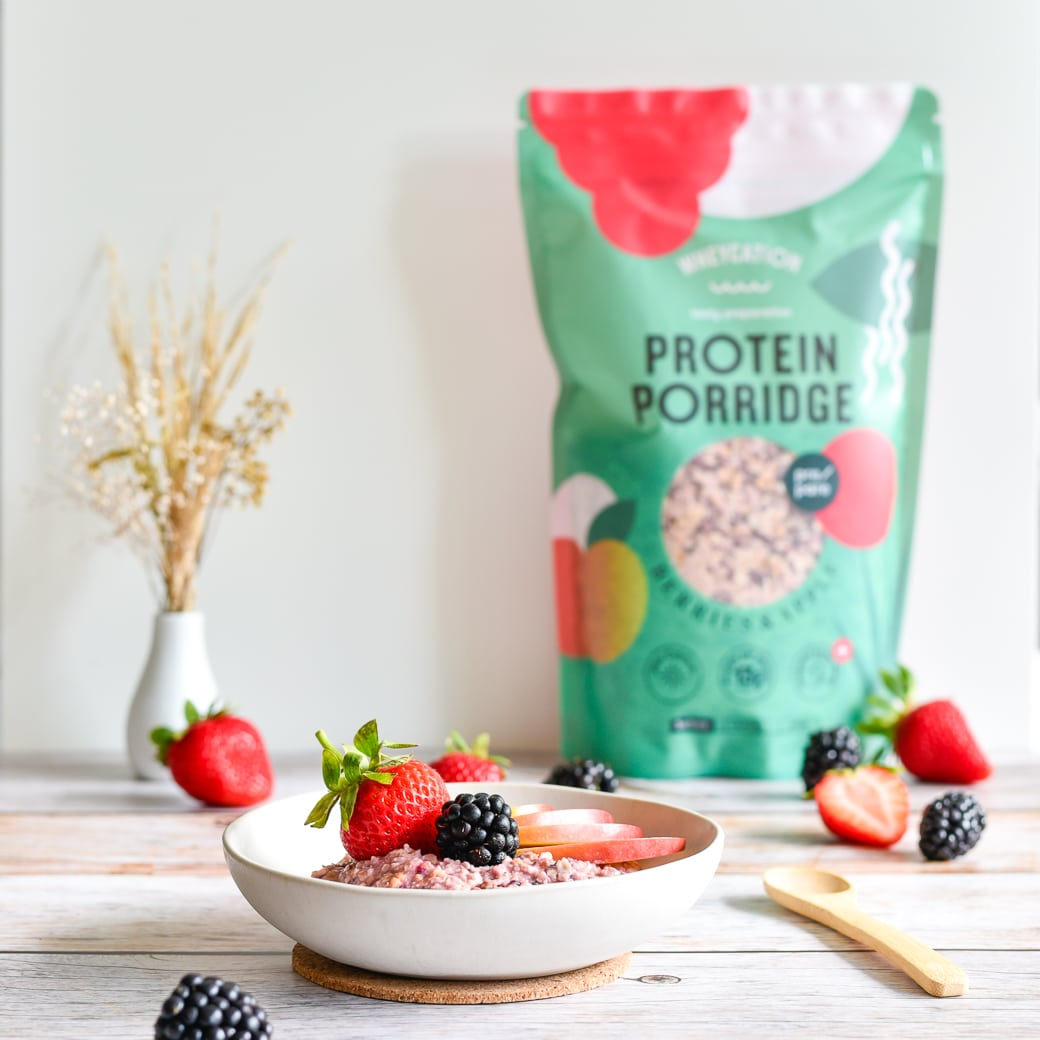

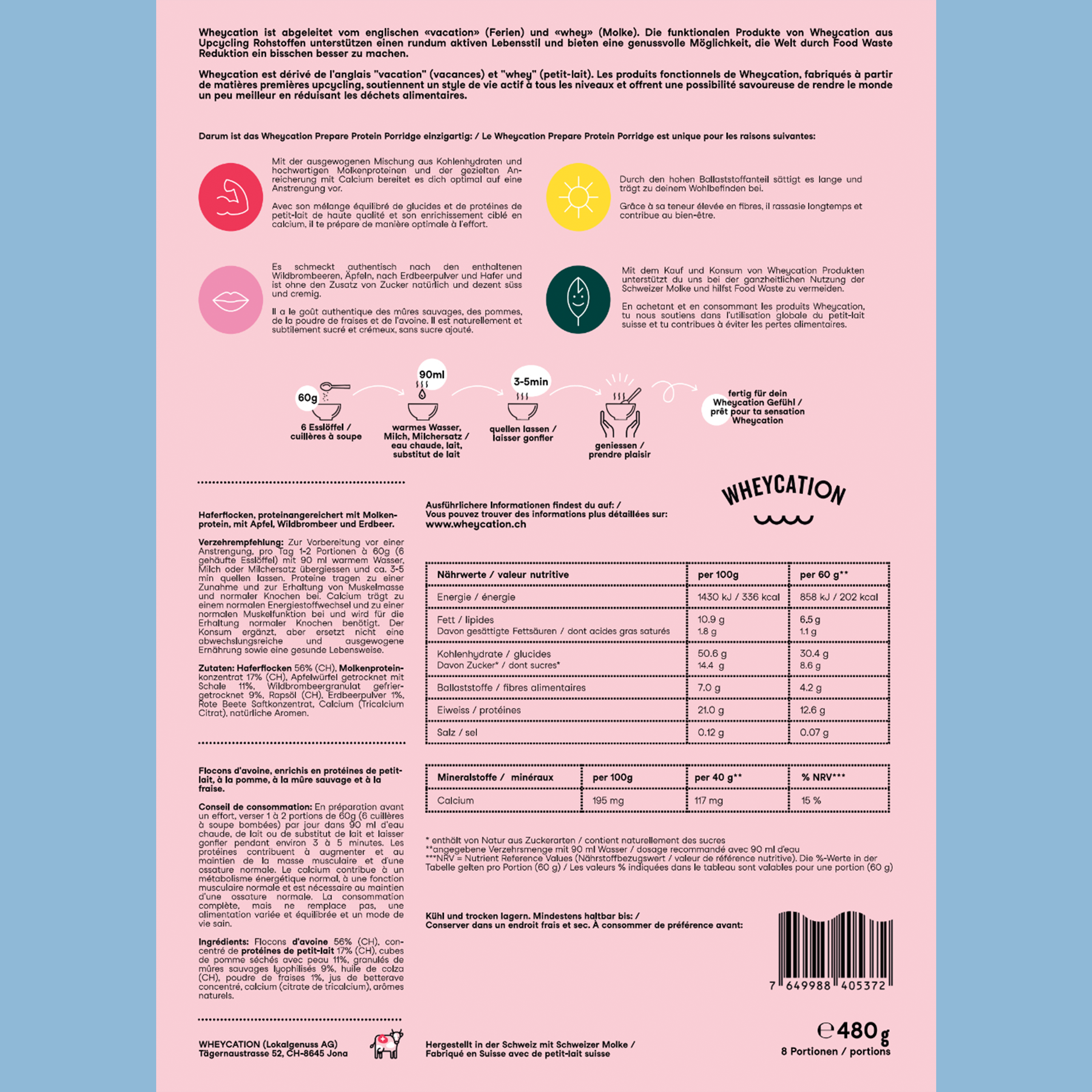
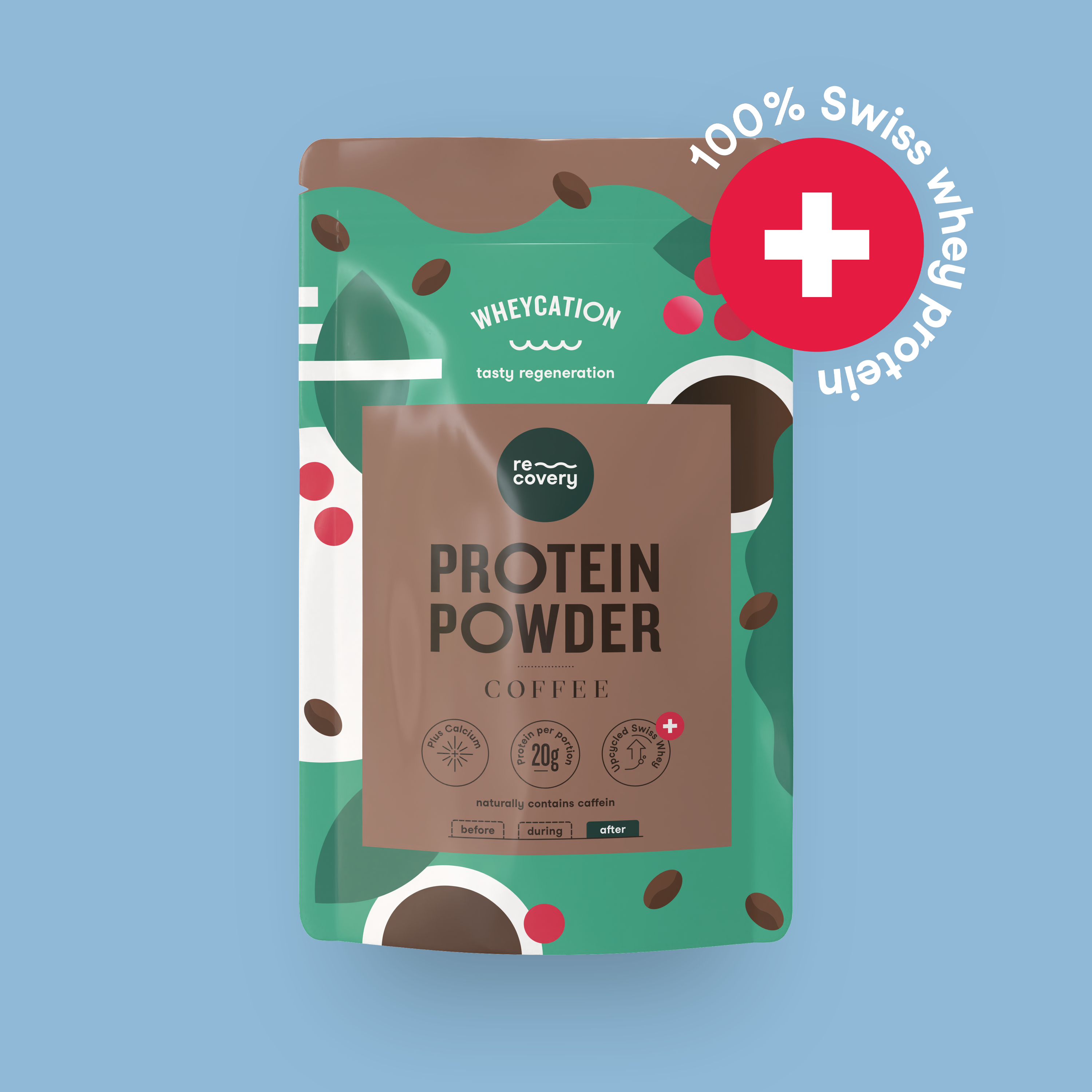
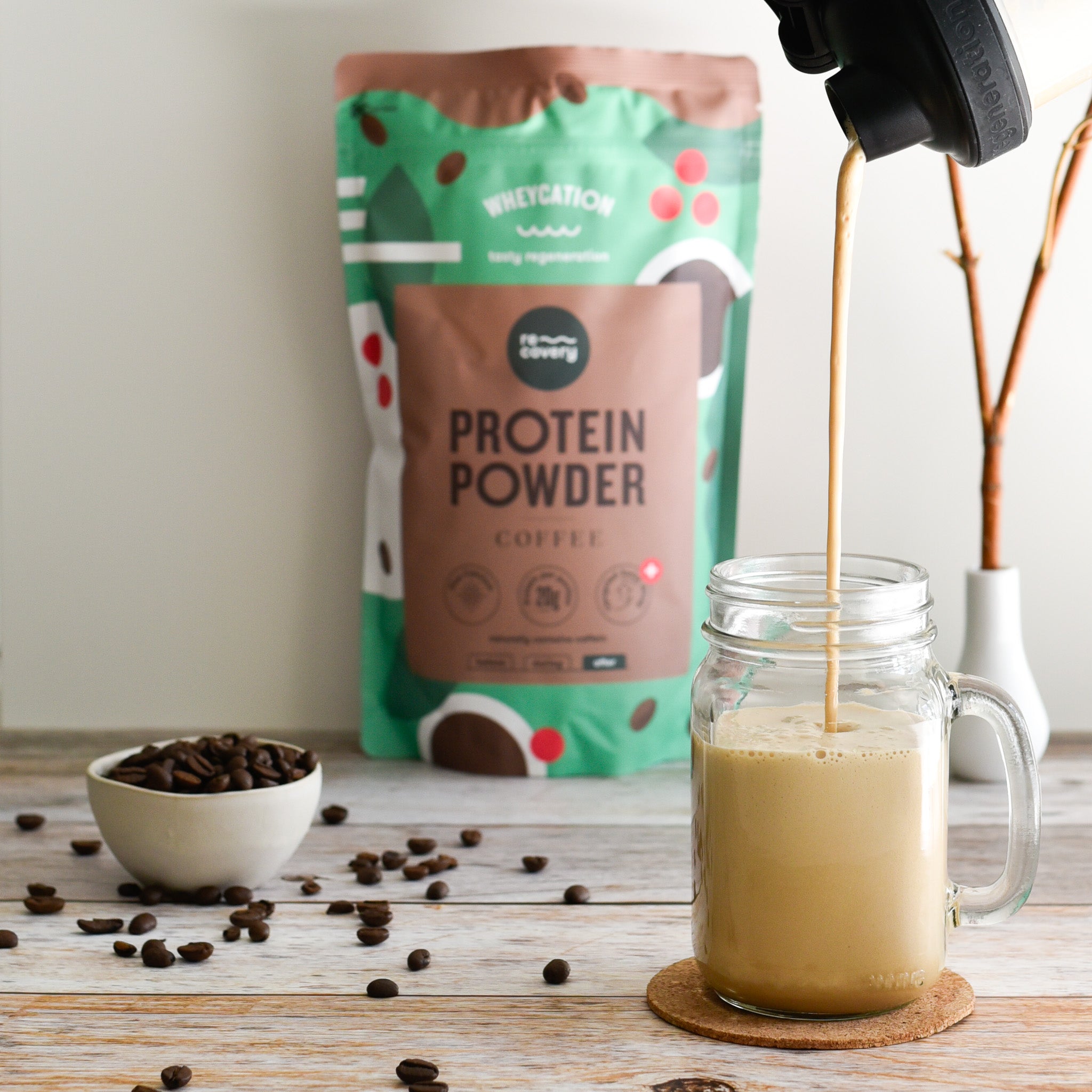




Split: